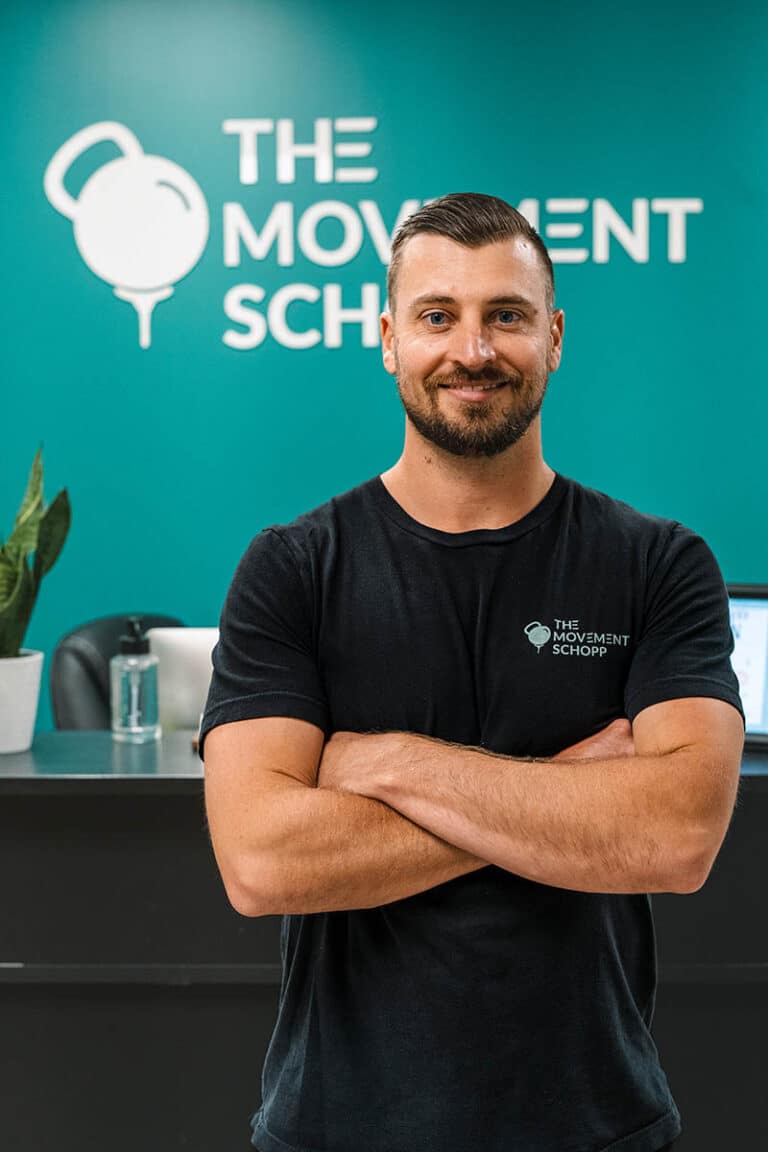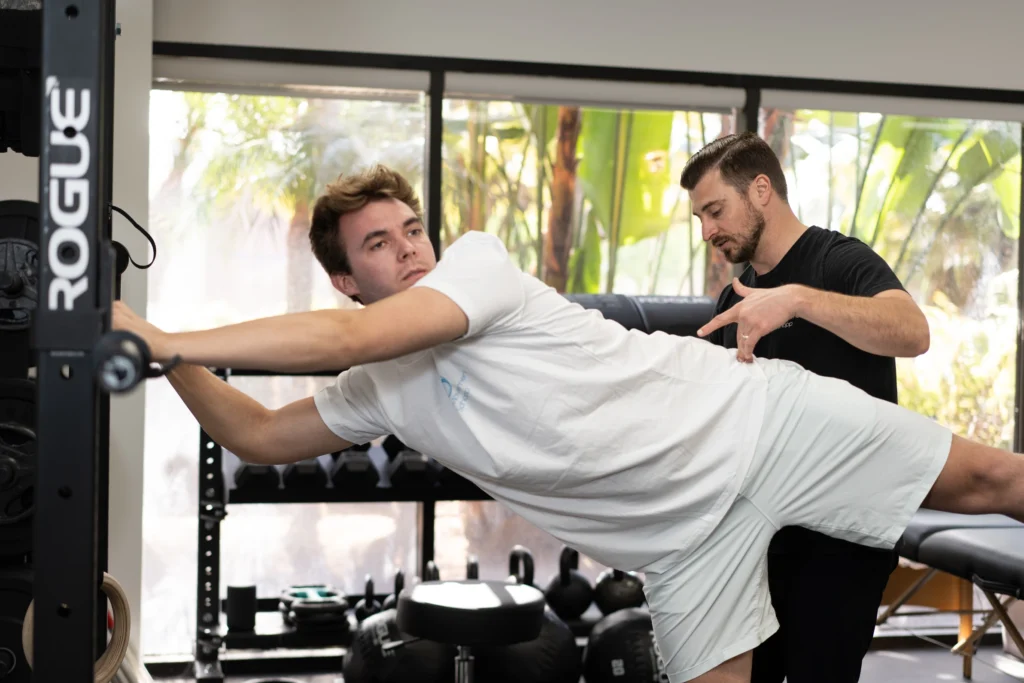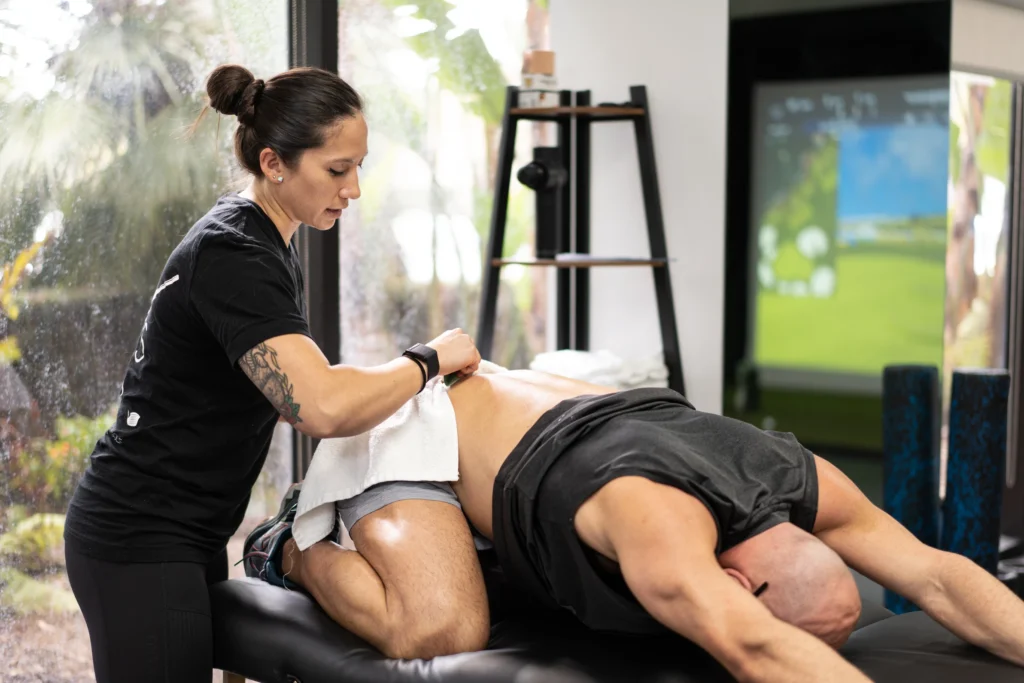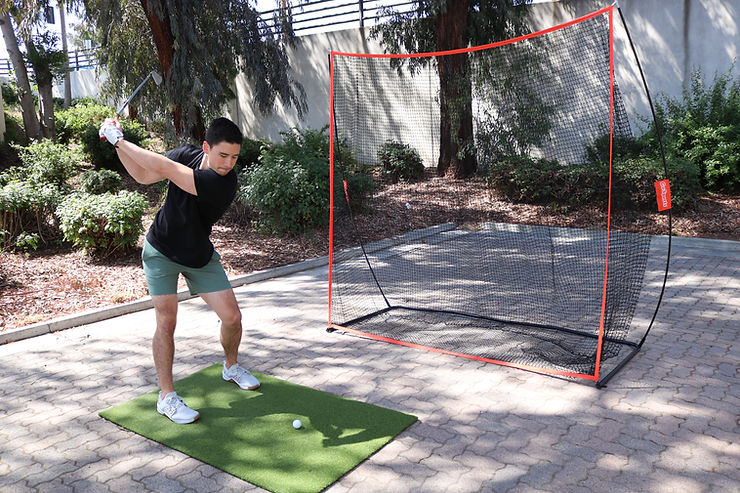Introduction
Lower back pain can be a persistent issue, affecting daily life and overall well-being. However, the good news is that effective ways to manage and alleviate this discomfort exist. One such approach is through targeted physical therapy exercises for lower back pain.
This article will explore ten exercises specifically designed to address lower back pain and improve overall spinal health.
Understanding Lower Back Pain
Before delving into the targeted physical therapy exercises for lower back pain, it’s crucial to understand the factors contributing to lower back pain. This common ailment can stem from various sources, from lifestyle choices to underlying medical conditions.
By gaining insight into these contributing factors, individuals can adopt a more holistic and informed approach to managing and alleviating discomfort.
Poor Posture
One of the primary contributors to lower back pain is poor posture. In our modern lifestyles, many individuals spend extended periods sitting at desks or hunched over electronic devices. This sustained poor posture places undue stress on the muscles and ligaments of the lower back, leading to discomfort and pain over time.
Muscle Strain
Lower back pain is also often caused by strained muscles. Activities that involve heavy lifting, sudden movements, or improper lifting techniques can strain the muscles in the lower back.
Underlying Medical Conditions
While lifestyle factors play a significant role, underlying medical conditions can contribute to lower back pain. Back problems like herniated discs, osteoarthritis, or spinal stenosis may result in chronic or acute pain in the lower back.
Sedentary Lifestyle
Leading a sedentary lifestyle can exacerbate lower back pain. Lack of physical activity weakens the muscles that support the spine, making the lower back more susceptible to strain. Regular exercise, mainly targeted lower back physical therapy exercises, becomes essential in mitigating the impact of a sedentary lifestyle on lower back health.
Psychological Factors
Stress, anxiety, and emotional well-being can influence the perception and experience of lower back pain. Emotional stressors may contribute to muscle tension and exacerbate existing pain. It’s essential to consider the holistic well-being of an individual, addressing not only the physical aspects but also the psychological factors that may play a role.
Aging
According to a study, as low back pain becomes more common with age, older adults are especially vulnerable. 85 years old is the most affected age. These age-related changes can contribute to conditions like osteoarthritis and increase the likelihood of experiencing lower back pain.
Is Exercise Effective in Treating Lower Back Pain?
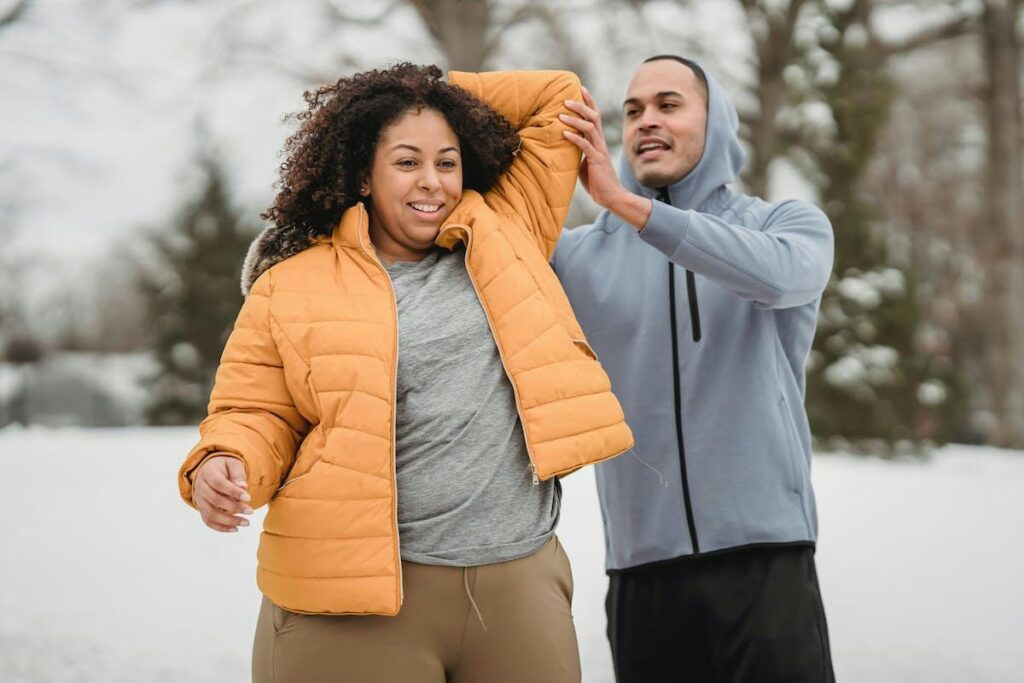
Exercise has proven to be a powerful ally in the battle against lower back pain. Contrary to the belief that rest is the best solution, engaging in suitable physical activities can strengthen the muscles, improve flexibility, and promote better spinal alignment.
Given its proven ability to improve function and work, exercise is a commonly recommended treatment for persistent low back pain.
Benefits of Lower Back Physical Therapy Exercises
The benefits of incorporating physical therapy back exercises into your routine extend beyond pain relief.
These exercises can contribute to the following:
- Pain Relief and Management
These targeted exercises help to strengthen muscles, improve flexibility, and promote better alignment, all contributing to a reduction in pain and discomfort over time. Consistent adherence to a well-designed physical therapy routine can significantly enhance one’s pain management capabilities.
- Increased Mobility
Lower back pain often limits mobility, making daily activities challenging. Lower back physical therapy exercises aim to counteract this by targeting muscles and joints in the lower back region. As these muscles become stronger and more flexible, individuals experience improved mobility, allowing for a wider range of motion and easier moving in their daily lives.
- Enhanced Core Strength
Physical therapy back exercises emphasize the development and strengthening of core muscles, including those in the lower back. This strong core provides better support to the spine, reducing the strain on the lower back and minimizing the risk of future injuries.
- Improved Posture
Lower back physical therapy exercises often include elements that focus on correcting posture by strengthening the muscles responsible for maintaining proper alignment. As individuals become more aware of their posture and actively work to improve it, they contribute to the prevention of recurring lower back issues.
- Prevention of Future Injuries
Beyond addressing current discomfort, physical therapy exercises serve as a preventive measure against future injuries. Strengthening the muscles surrounding the lower back not only aids in recovery but also creates a resilient foundation that reduces the likelihood of experiencing similar issues in the future.
10 Physical Therapy Exercises for Lower Back Pain

Knee to Chest
While lying flat on your back, slowly bring your knees up to your chest, hold them there for a brief moment, and then straighten your arms again. Hold for 20 seconds, then execute five repeats three times a day.
Knee Rotation
While lying on your back, bend both knees and gently rotate them to one side, then repeat on the other side. This stretching exercise improves lower back flexibility. Make ten rotations to each side. Do this three times a day.
Lower Back Rotational Stretch
Sit on the floor with one leg straight and the other bent across it. Twist your upper body toward the bent knee, holding for 20 seconds. Repeat on the other side. This gentle stretch targets the muscles along the spine. Do this three times a day.
Lower Back Flexibility Exercise
Lie on your stomach, placing your hands under your shoulders. Slowly lift your upper body, keeping your pelvis on the ground. Hold for 5 seconds, then relax. Repeat. Start with five repetitions a day and slowly work up to 30.
Extensions
While lying face down, lift your upper body and legs off the ground simultaneously. Don’t hold this. Instead, perform the movement ten times over the course of three sets, three times a day. This exercise strengthens the lower back muscles.
Bridge Exercise
Lie on your back with your knees bent and lift your hips toward the ceiling. Hold for 10-15 seconds, then lower. Do five sets a day at first and work your way up to thirty.
Cat/Cow
On your hands and knees, arch your back upward (like a cat) and then downward (like a cow). Repeat for 10-15 reps. This exercise promotes flexibility and mobility in the spine.
Hip Flexor Stretches
Kneel on the right knee, with the left foot in front at a 90-degree angle. Gently push your hips forward, feeling the stretch in the hip flexor muscles. Hold for 15-30 seconds on each side.
Foam Rolling
Use a foam roller to massage the lower back muscles. Roll back and forth for 2-3 minutes. This helps release tension and improve blood circulation.
Thread the Needle
Lay on your back with your knees bent. Cross one ankle over the opposite knee and reach through the gap, holding the back of your thigh. Hold for 15-30 seconds, then switch sides. This exercise targets the hips and lower back.
Consider Consulting The Movement Schopp
While these exercises can be beneficial, it’s essential to consult with a professional, such as a physical therapist or Movement Schopp, for personalized advice. They can assess your specific condition and tailor a routine treatment plan that suits your needs.
Conclusion
Incorporating physical therapy exercises into your daily routine can be a game-changer when dealing with lower back pain. These exercise programs offer a holistic approach to long-term relief, from simple stretches to targeted muscle strengthening. Take the initiative to care for your lower back, and witness the positive impact on your overall well-being.
FAQs
What is the best exercise to relieve lower back pain?
The effectiveness of an exercise regimen varies from person to person. However, knee-to-chest, rotational, and core-strengthening exercises are often recommended.
How do you strengthen your lower back with physical therapy?
Exercises like extensions, bridge exercises, and foam rolling can help strengthen the lower back muscles. It’s crucial to start slowly and gradually increase intensity.
Is it OK to exercise with lower back pain?
Mild to moderate lower back pain can often benefit from gentle exercises.
Nonetheless, it is essential to talk to a medical expert before starting any exercise routine to ensure it’s safe for your specific condition.

